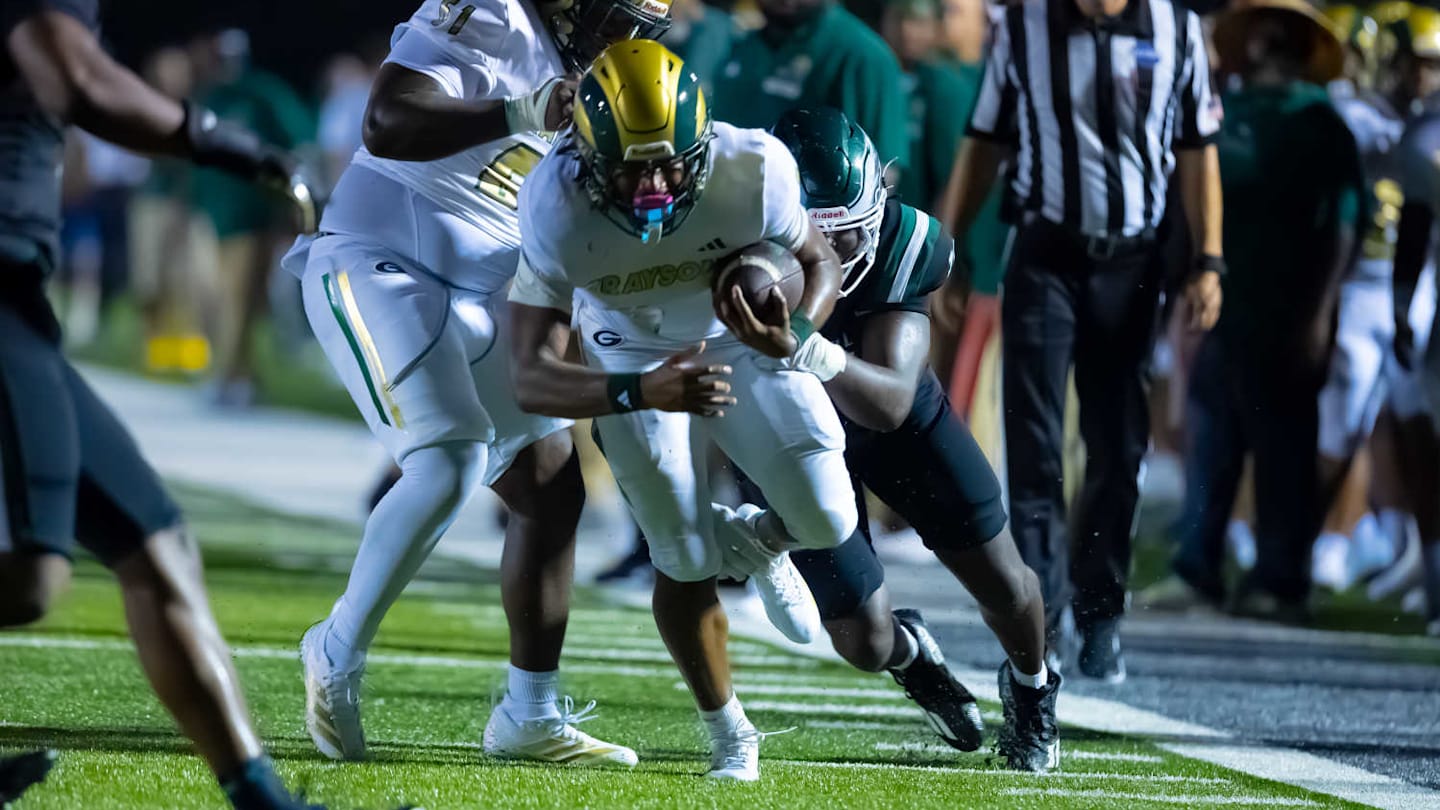
A new report has documented how soaring legal judgments against trucking fleets are hurting broader economic growth.
The report by the U.S. Chamber of Commerce’s Institute for Legal Reform and the Brattle Group found that every $1 million (all figure USD) increase in tort costs reduces U.S. gross domestic product (GDP) by about $2 million. If these costs were reduced across the United States, the benefits over a 10-year period would include:
- An increase in the U.S. GDP by an average of $52.3 billion per year through avoided litigation costs and increased economic activity.
- The creation of 5.7 million jobs across the economy.
- A reduction in the pace of food-at-home price inflation by up to 15%. Food is among the most ground-transport-intensive goods.
The need for tort reform was a repeated topic at the recent American Trucking Associations’ Management Conference & Exhibition in San Diego, including a panel discussion on the new report.

Oriana Senatore, senior vice president of strategy for the Institute for Legal Reform, said research has found that one of four highway accidents that result in a nuclear verdict — $10 million or higher — involved a commercial transportation company.
The price tags from these verdicts are “getting exponentially larger,” said Senatore. Plaintiff attorneys have become quicker to file lawsuits and are less likely to engage in settlement talks.
David McKnight, principal at the Brattle Group, added that tort costs are growing faster in the commercial transportation liability space than other areas, increasing at a rate of about 10% annually. This includes the heavy-duty freight industry and non-trucking commercial vehicles, such as delivery, service, and other corporate fleets.
The report found that North Dakota and Wisconsin are states with relatively low tort costs, which translates to a lower economic impact. Conversely, Louisiana, Texas, and California have higher tort costs and related economic impacts.
Lawsuit abuse reform ranked No. 2 in the 2025 survey of critical trucking issues from the American Transportation Research Institute (ATRI). That was the highest ranking in the two-decade history of the annual study, which was released at the ATA conference.
A majority of survey respondents recommended promoting state-level reform to cap damages paid to plaintiffs in truck-involved crashes as the top strategy for helping fleets. In Iowa, 2023 legislation capped non-economic damages in trucking cases at $5 million.
Lobbying to eliminate “phantom” damages, or costs built into verdicts and settlements that inflate the actual medical costs paid, and for the disclosure of third-party litigation funding agreements in lawsuits were other frequently mentioned strategies. Third-party litigation funding is used to provide capital for plaintiffs’ cases to cover accident reconstruction, expert witnesses, and other tools.
ATRI said Georgia, Kansas, and Oklahoma have all included third-party funding transparency in recently passed tort reform laws.
Credit: Source link













